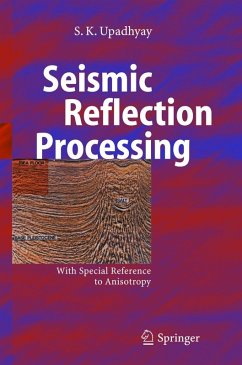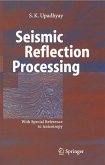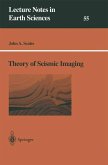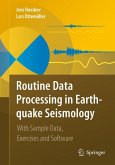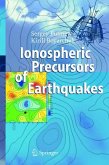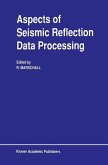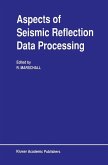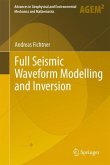The author coherently presents the physical concepts, mathematical details and methodology for optimizing results of reservoir modeling, under conditions of isotropy and anisotropy. The most common form of anisotropy - the transverse isotropy, is dealt with in detail. Besides, practical aspects in reservoir engineering - such as interval isotropic or anisotropic properties of layered media; identifying lithology, pore-fluid types and saturation; and determining crack/fracture-orientations and density - form the core of discussions. This book incorporates significant new developments in isotropic and anisotropic reflection processing, while organizing them to improve the interpretation of seismic reflection data and optimizing the modeling of hydrocarbon reservoirs. The text contains exercises and problems, and solutions are provided for the exercises. This book is written primarily for graduate/postgraduate students and research workers in geophysics.
Hinweis: Dieser Artikel kann nur an eine deutsche Lieferadresse ausgeliefert werden.
Hinweis: Dieser Artikel kann nur an eine deutsche Lieferadresse ausgeliefert werden.
From the reviews: "The author presents the physical concepts, mathematical details and methodology for optimizing results of reservoir modeling, under conditions of isotropy and anisotropy. ... The book incorporates significant new developments in isotropic and anisotropic reflection processing, while organizing them to improve the interpretation ... . The text contains exercises and problems, and solutions are provided for the exercises. It is written primarily for graduate/postgraduate students and research workers in geophysics." (First Break, Vol. 22, December, 2004)

